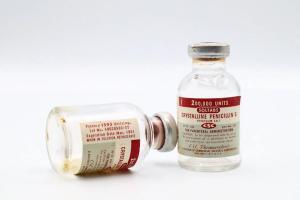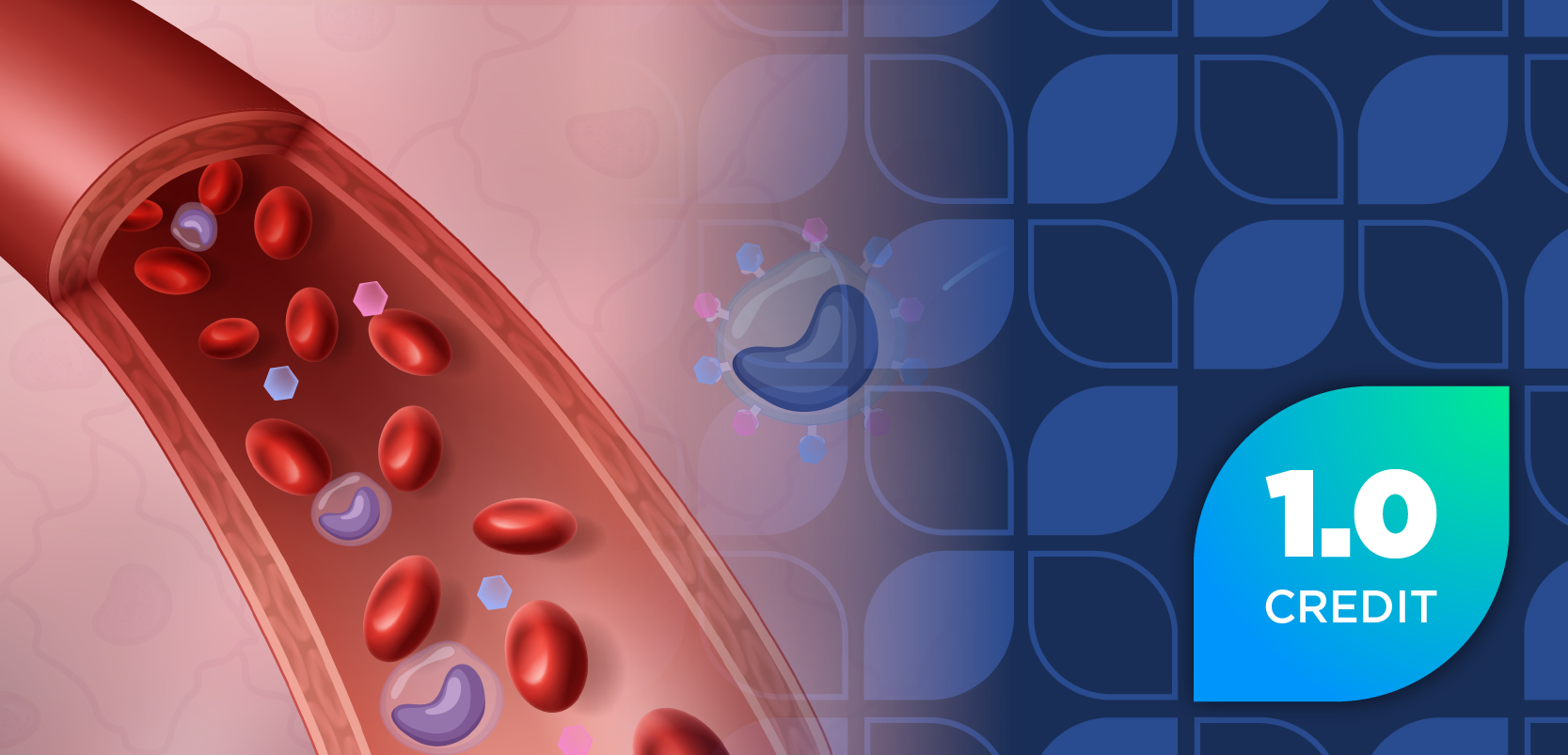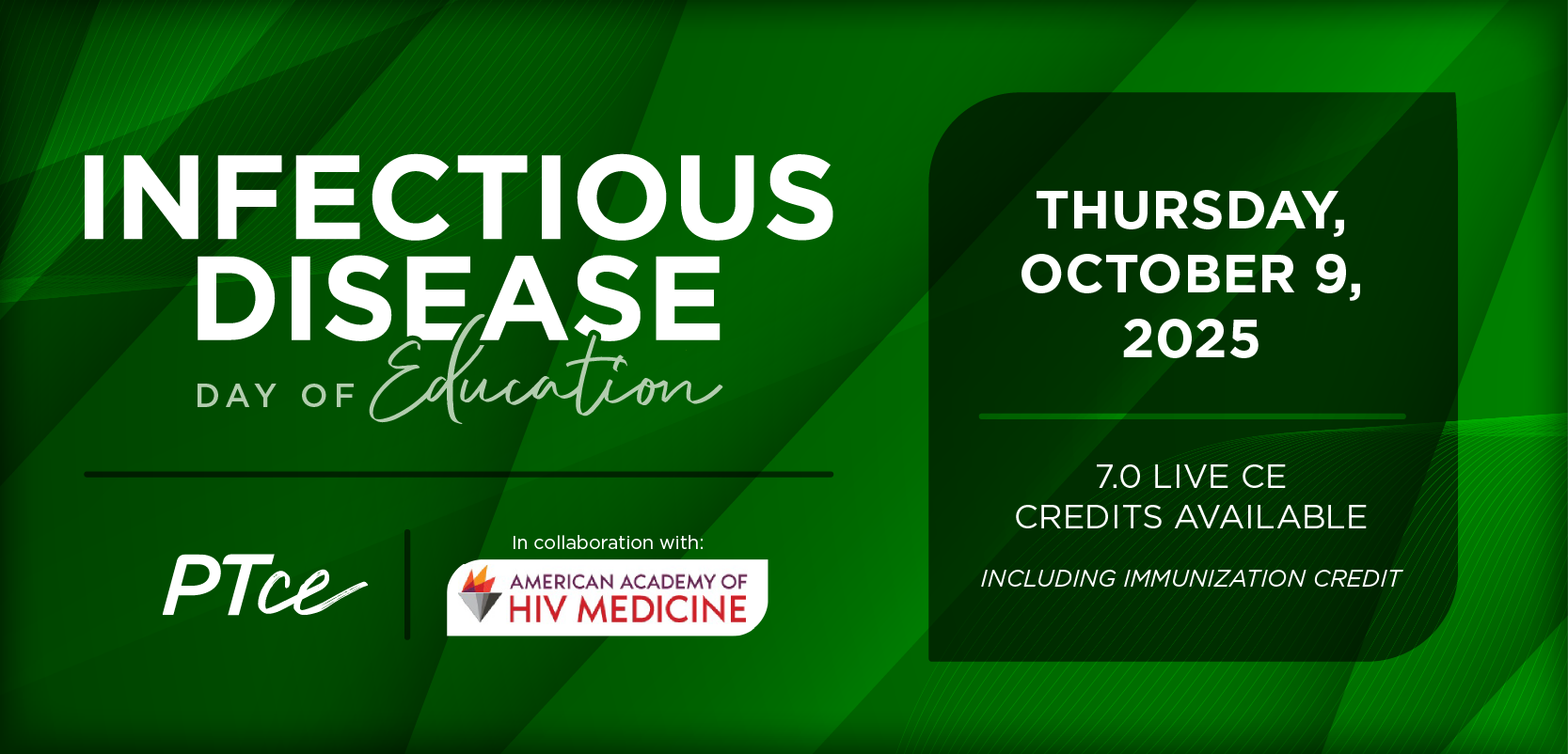Pharmacists Can Help Minimize Oral Pain
Provide patients with referrals and/or recommendations for appropriate OTC products.
Oral diseases consist of various conditions such as cavities, oral cancer, and periodontal disease.
In the United States, it is estimated that 34 million school hours and $45 billion are lost each year as a result of unplanned dental care.1
According to a cross-sectional Saudi Arabian study, 29% of community pharmacists provided 30 or more oral health related consultation services per day during the study period.2 As some of the most accessible health care providers, pharmacists are responsible for providing appropriate recommendation of OTC products and/or referrals for optimal oral care.
One of the most common causes of oral pain is dental caries.3 Untreated dental caries often progresses to bacterial infection, which may result in inflammation and/or necrosis of the pulp tissue called apical abscess. If apical abscess is left untreated, there is a potential for cellulitis to develop in surrounding tissues. Acute periodontal abscess is another frequent cause of pain. Common causes include the alteration of root integrity, exacerbation of chronic periodontitis, and foreign- body impaction. In such instances, pharmacists should direct patients to a dental clinic to address the underlying causes. Pharmacists may offer OTC products for temporary pain control.
The American Dental Association recommends oral nonsteroidal anti-inflammatory drugs (NSAIDs) as the first-line therapy for acute dental pain.4 These may be recommended to patients with or without acetaminophen (APAP). Ibuprofen 200 mg and naproxen 220 mg oral tablets and soft gels are readily available OTC. When recommending OTC APAP or NSAIDs, it is important to ask patients whether they are already taking any form of APAP or NSAIDs at home to avoid duplicate therapy. Topical anesthetic benzocaine may also be considered. It is available OTC in various formulations such as gel, oral lozenge, paste, and rinse.5 One of topical benzocaine’s advantages is a quick onset of 7 minutes. However, it is crucial to note the contraindication for anyone with an increased risk for methemoglobinemia, including pediatric patients under the age of 2 years, as methemoglobinemia can occur within minutes to hours after the initial application. Symptoms of methemoglobinemia include blue-colored or pale lips and skin, confusion, fatigue, and shortness of breath.
According to the International Association of Dental Traumatology, if a permanent tooth is avulsed, certain steps may need to be taken.6 These are: keep the avulsed tooth; wash it with water for 10 seconds, if necessary; place the tooth in a storage medium such as a milk or saline solution; and transport the tooth with the patient to an emergency dental treatment facility.
Community pharmacists encounter a diverse group of patients on a daily basis. Many patients feel comfortable having a conversation with pharmacists as they are able to obtain medical advice without the need to schedule an appointment, pay a co-pay, or go through a lengthy examination. Through such conversations, it is important for pharmacists to identify patients’ concerns and make referrals for appropriate dental and/or medical care. OTC products for oral pain control should be limited to
temporary use.
David Kim, PharmD, is a pharmacy officer in the US Air Force who is on military leave and is based at the Mayo Clinic in Rochester, Minnesota. He is also a peer reviewer for the Iowa Pharmacy Association.
REFERENCES
- CDC. Oral health tips. CDC website. cdc.gov/oralhealth/basics/adult-oral-health/tips.html. Updated May 22, 2019. Accessed February 11, 2020.
- Al-Saleh H, Al-Houtan T, Al-Odaill K, et al. Role of community pharmacists in providing oral health advice in the eastern province of Saudi Arabia. Saudi Dent J. 2017;29(3):123-128. doi: 10.1016/j.sdentj.2017.03.004.
- Milone A, Williamson K, Hall M. Oral hygiene and minor oral disorders. In: DiPiro JT, Yee GC, Posey LM, Haines ST, Nolin TD, Ellingrod V, eds. Pharmacotherapy: A Pathophysiologic Approach.11th ed. New York, NY: McGraw-Hill; 2020.
- Moore PA, Ziegler KM, Lipman RD, Aminoshariae A, Carrasco- Labra A, Mariotti A. Benefits and harms associated with analgesic medications used in the management of acute dental pain: an overview of systematic reviews. J Am Dent Assoc. 2018;149(4):256-265.e3. doi:10.1016/j.adaj.2018.02.012.
- IBM Micromedex Red Book. IBM Micromedex Red Book website. ibm.com/products/micromedex-red-book. Accessed February 11, 2020.
- Avulsion. Dental Trauma Guide website. dentaltraumaguide.org/free-dental-guides/permanent-teeth/avulsion/. Accessed February 11, 2020.
Articles in this issue
over 5 years ago
Article
The Expanding Treatment Landscape of Relapsed or Refractory B-Cell Non-Hodgkin Lymphomaover 5 years ago
Article
Not All Supplements Are Created Equally— Recommend a Supplement Backed by ScienceNewsletter
Stay informed on drug updates, treatment guidelines, and pharmacy practice trends—subscribe to Pharmacy Times for weekly clinical insights.
Related Articles
 Advise Patients About Self-Care Measures to Treat Mild to Moderate GI Issues
Advise Patients About Self-Care Measures to Treat Mild to Moderate GI IssuesSeptember 18th 2025
 Evaluation of Pharmacist-Driven Penicillin Allergy Reconciliation
Evaluation of Pharmacist-Driven Penicillin Allergy ReconciliationSeptember 17th 2025
 Pharmacists Can Apply Their Expertise to the Medical Psilocybin Act
Pharmacists Can Apply Their Expertise to the Medical Psilocybin ActSeptember 16th 2025
 From Curiosity to Clinical Impact: Shremo Msdi’s Path in Pharmacy Research
From Curiosity to Clinical Impact: Shremo Msdi’s Path in Pharmacy ResearchSeptember 15th 2025

















































































































































































































